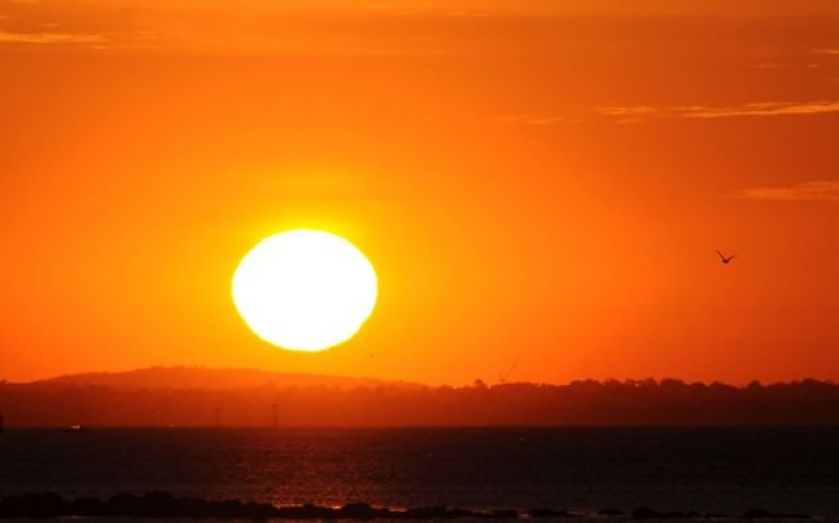Winter solstice 2014: Why is today the shortest day of the year?

Today is the winter solstice 2014, meaning the time between sunrise and sunset is less than on any other day of the year.
Once darkness sets in this afternoon, those of us in the Northern Hemisphere will have been exposed to total 7 hours and 50 minutes of sunlight.
By comparison, yesterday we received seven hours and 56 minutes of sunlight, and tomorrow we will receive seven hours and 55 minutes.
SAME TIME EVERY YEAR
The winter solstice occurs at approximately the same time every year. It is usually on 21 December, but sometimes takes place on 22 December instead (as it will in 2015).
Meanwhile, those in Australia and the rest of the Southern Hemisphere experience the exact opposite – for the them it is summer right now, and their winter solstice will not take place until June next year.
The cause of this disparity comes down to the angle with which the Earth orbits the sun. When the North Pole is tilted furthest from the sun and the sun's daily maximum height is at its lowest point, the number of daylight hours is reduced to a minimum. This point is reached once a year in the Earth's orbital cycle.
DARKER MORNINGS
Despite the longer days we have to look forward to from now until December next year, the mornings will continue to get darker into early January. This is because the added period of light will be tacked on to the end of the day, rather than the beginning.
The darkening mornings and lighter evenings are a consequence of the solar day not always being exactly 24 hours. In fact, only four days a year are 24 hours long – the rest are either slightly longer or slightly shorter than that.
They are at their shortest in early September, when the length is around 23 hours 59 minutes and 30 seconds. They are longest in December, when length reaches 24 hours 30 seconds.
Varying day length occurs in part because of the Earth's tilted rotation is that the Earth's rotation – it is 23.5 degrees from the vertical. Also, the Earth's speed varies as it moves in an elliptical orbit around the sun, accelerating when it is closer to the star's gravitational pull and decelerating when it is further away.
The result is that for part of the year, the sun does not quite keep up with the 24-hour clock, and for another part of the year it moves faster than the clock. This means the change in sunlight hours is not exactly evenly spread over the course of the day, and for the coming month the lighter hours will appear at the end, rather than the beginning.